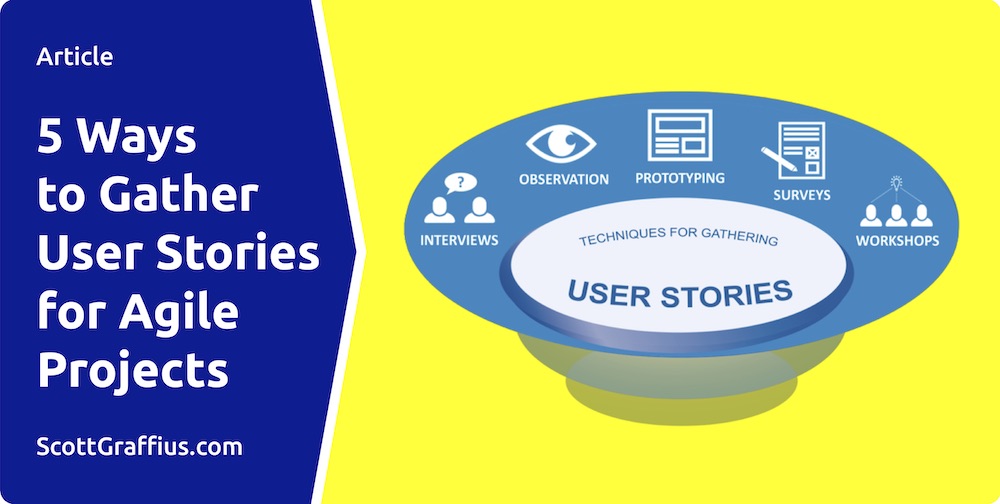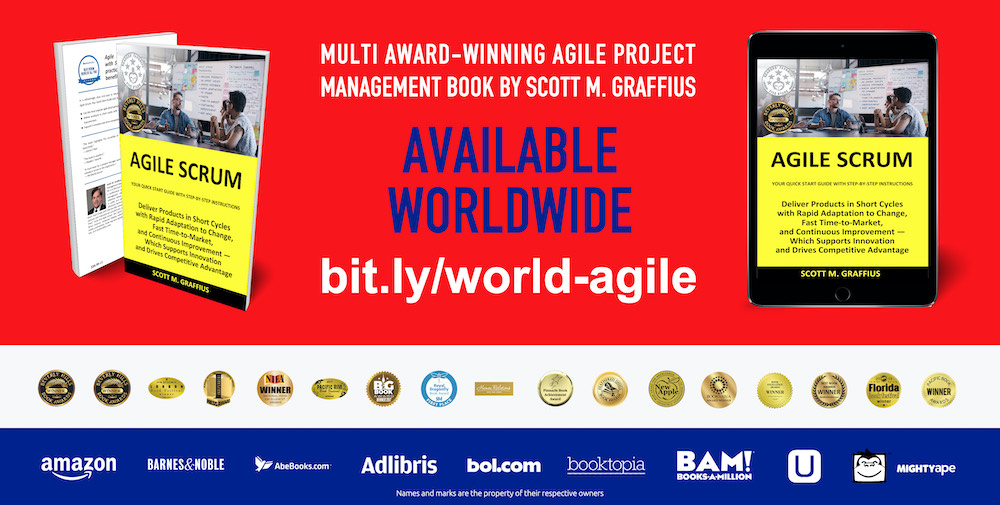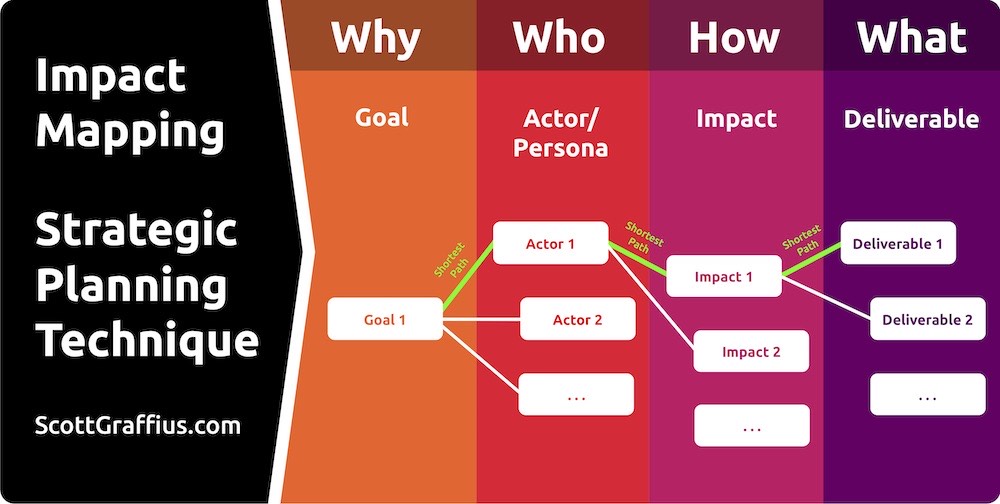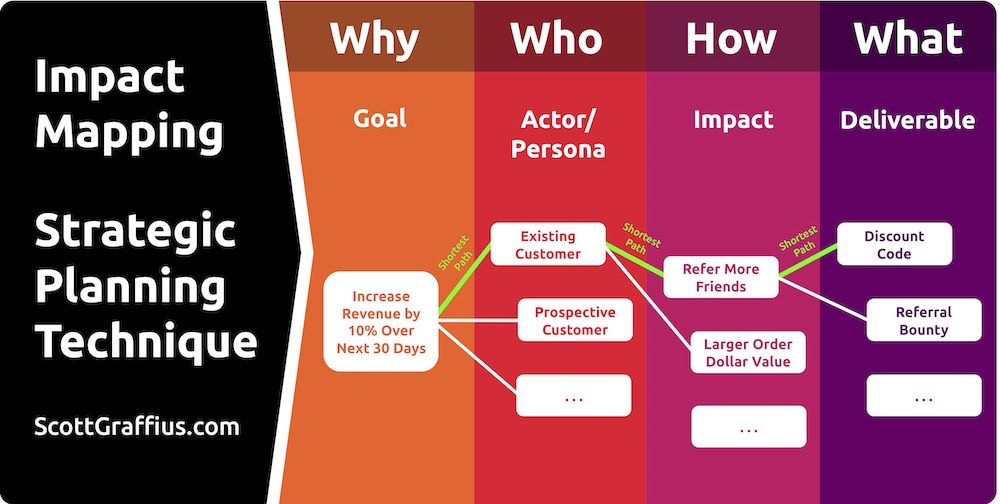Requirements
Techniques for Gathering User Stories
25 October 2017

In Scrum, user stories act as requirements. Each story represents a portion of business value that a team can deliver in an iteration. A common format is: “As a (role), I want (goal) so that I can (reason).” Here's an example: “As a customer, I want shopping cart functionality so that I can buy items online.” User stories are captured in the product release backlog. This short article focuses on techniques for gathering user stories.
The following methods can help the Product Owner gather material for user stories:
• Interviews: Ask a diverse group of users—or anticipated users if the product/service does not yet exist—open-ended questions containing "how" or "why." For example: "How would you pair this device with your iPhone?”
• Observation: Watch people using the product/service.
• Prototyping: Use tools such as sticky notes, PowerPoint, and wireframes to illustrate ideas, show preliminary versions of the product, and facilitate discussions.
• Surveys: Employ surveys where the Product Owner verbally asks respondents pre-determined questions, or questionnaires where items are presented via forms (online or in hard copy format).
• Workshops: This is a type of brainstorming where the group identifies as many user story ideas as possible. To support getting a high quantity of ideas, it is suggested that participants should not agree/disagree with or assess items during the workshop.

The above content includes excerpts from the book, Agile Scrum: Your Quick Start Guide with Step-by-Step Instructions. It's offered in digital and print formats.

The ebook (ASIN: B01FZ0JIIY) is available in:
- Australia,
- Brazil,
- Canada,
- France,
- Germany,
- India,
- Italy,
- Japan,
- Mexico,
- the Netherlands,
- Spain,
- the United Kingdom, and
- the United States.
The paperback (ISBN-13: 9781533370242) is for sale at:
- Amazon,
- Barnes & Noble,
- Strand Books,
- Harvard Book Store,
- Books-a-Million,
- The Booksmith,
- Hudson Booksellers,
- Savoy Bookshop & Café,
- Compass Books at SFO/Books Inc.,
- Books & Books - Miami,
- University Press Books - Berkeley,
- and other retailers and partners in the United States and around the world.

For press, please visit AgileScrumGuide.com.

© Copyright 2017 Scott M. Graffius. All rights reserved. This material may not be published, broadcast, rewritten or redistributed without the express written permission of Scott M. Graffius.

Impact Mapping Strategic Planning Technique
27 December 2018
Follow @scottgraffius

Impact mapping—introduced by Gojko Adzic—is a collaborative and visual strategic planning technique for business. This article provides a concise overview of the process, and it includes real-world examples. Four major steps follow. For simplicity, most examples are listed in the singular (such as one goal). However, multiples (such as several goals) may be used.
Step 1: Answer “Why?”
First the goal is established. The focus should be on important strategic objectives—which may include increasing revenue, decreasing costs, product development, or other categories. To ensure a clear shared understanding, it is suggested that the goal is SMART: specific, measurable, achievable, relevant, and time-bound. This example is not SMART: “Increase revenue.” But this version is SMART: “Increase revenue by 10% over the next 30 days.”
Step 2: Answer “Who?”
Next, the people who can help (or be a hinderance) in achieving the goal are identified. Such people may be referred to as actors or personas. Actors are someone or something that “acts” on or with the system—such as a customer. Personas are fictitious characters that represent user types—such as Developer Dave. It is suggested that the people are as specific as possible. For the goal of “Increase revenue by 10% over the next 30 days,” examples of Who include (a) Existing Customer and (b) Prospective Customer.
Step 3: Answer “How?”
In this step, the impacts that need to be had on the actors/personas—for them to help achieve the goal (or minimize/avoid them being a hinderance)—are identified. Continuing on the example from steps 1-2, an impact for the Existing Customer is to (a) refer more friends and (b) have a larger order dollar value.
Step 4: Answer “What?”
The deliverable which is hoped to create the impact on the actors/personas to achieve the goal is identified in this step. Said differently, What is the deliverable related to the How in the prior step. Continuing on the example from steps 1-3, deliverables for Refer More Friends include (a) discount code and (b) referral bounty.
Recap and Putting the Results to Use
The impact map is a visual artifact, developed collaboratively while answering the four questions: “Why (Goal)?,” “Who (Actor/Persona)?,” “How (Impact)?,” and “What (Deliverable)?” The exercise may reveal considerable items for consideration. Everything does not need to be implemented, however. It is suggested that the entries are prioritized (such as determining the shortest path) and that the most important work is done.

The illustration above incorporates some of the examples from this article. As shown, the shortest path involves providing a discount code related to existing customers referring more friends. In this case, that’s the work that should be done (at least done first).


© Copyright 2018 Scott M. Graffius. All rights reserved. This material may not be published, broadcast, rewritten or redistributed without the express written permission of Scott M. Graffius.


Impact mapping—introduced by Gojko Adzic—is a collaborative and visual strategic planning technique for business. This article provides a concise overview of the process, and it includes real-world examples. Four major steps follow. For simplicity, most examples are listed in the singular (such as one goal). However, multiples (such as several goals) may be used.
Step 1: Answer “Why?”
First the goal is established. The focus should be on important strategic objectives—which may include increasing revenue, decreasing costs, product development, or other categories. To ensure a clear shared understanding, it is suggested that the goal is SMART: specific, measurable, achievable, relevant, and time-bound. This example is not SMART: “Increase revenue.” But this version is SMART: “Increase revenue by 10% over the next 30 days.”
Step 2: Answer “Who?”
Next, the people who can help (or be a hinderance) in achieving the goal are identified. Such people may be referred to as actors or personas. Actors are someone or something that “acts” on or with the system—such as a customer. Personas are fictitious characters that represent user types—such as Developer Dave. It is suggested that the people are as specific as possible. For the goal of “Increase revenue by 10% over the next 30 days,” examples of Who include (a) Existing Customer and (b) Prospective Customer.
Step 3: Answer “How?”
In this step, the impacts that need to be had on the actors/personas—for them to help achieve the goal (or minimize/avoid them being a hinderance)—are identified. Continuing on the example from steps 1-2, an impact for the Existing Customer is to (a) refer more friends and (b) have a larger order dollar value.
Step 4: Answer “What?”
The deliverable which is hoped to create the impact on the actors/personas to achieve the goal is identified in this step. Said differently, What is the deliverable related to the How in the prior step. Continuing on the example from steps 1-3, deliverables for Refer More Friends include (a) discount code and (b) referral bounty.
Recap and Putting the Results to Use
The impact map is a visual artifact, developed collaboratively while answering the four questions: “Why (Goal)?,” “Who (Actor/Persona)?,” “How (Impact)?,” and “What (Deliverable)?” The exercise may reveal considerable items for consideration. Everything does not need to be implemented, however. It is suggested that the entries are prioritized (such as determining the shortest path) and that the most important work is done.

The illustration above incorporates some of the examples from this article. As shown, the shortest path involves providing a discount code related to existing customers referring more friends. In this case, that’s the work that should be done (at least done first).

© Copyright 2018 Scott M. Graffius. All rights reserved. This material may not be published, broadcast, rewritten or redistributed without the express written permission of Scott M. Graffius.

